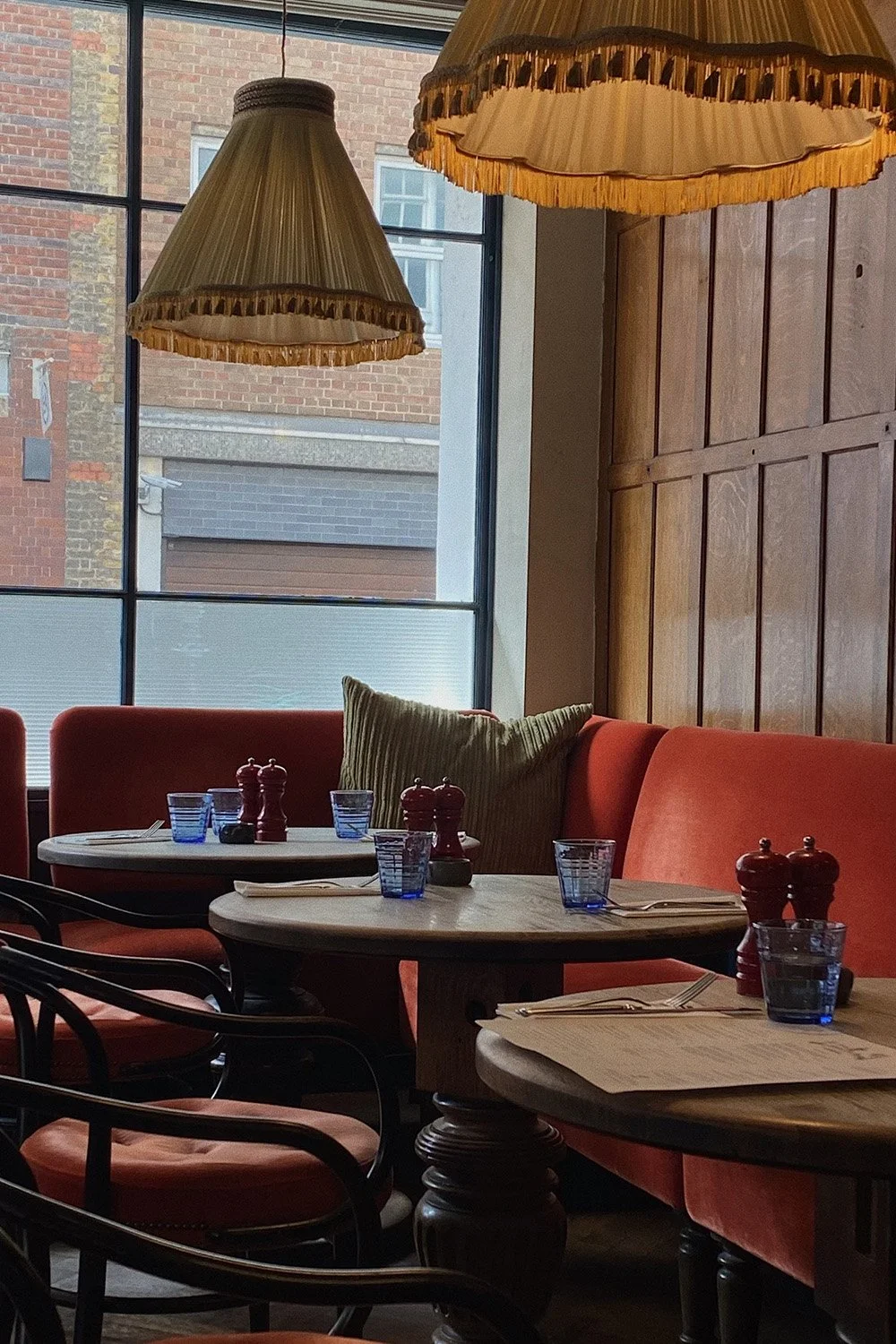Creating Intimate Interiors: How to Design for Connection
This blog post contains affiliate links. For more information please visit our disclaimer page.
In a world where the majority of our interactions happen digitally, creating physical spaces that foster genuine human connection has become more important than ever.
Whether it's in a workplace, a community center, or a residential area, intentional design can play a significant role in promoting meaningful interactions and relationships. In this blog post, we'll explore some key principles for designing spaces that facilitate connection and bring people together.
1. Thoughtful Layout and Flow
The layout of a space has a profound impact on how people interact within it. When designing for connection, it's crucial to consider the flow of movement and the arrangement of furniture and amenities. Open, welcoming layouts that encourage movement and mingling can promote chance encounters and serendipitous conversations. In contrast, overly structured or compartmentalized spaces can hinder natural interaction and limit opportunities for connection.
2. Comfortable and Inviting Settings
Creating comfortable and inviting environments is essential for fostering connection. Ample seating, nooks, and warm lighting can set the stage for relaxed and open conversations. When people feel at ease in a space, they are more likely to engage with others authentically, leading to deeper connections and relationships. Thoughtful use of textures, colors, and natural elements can also contribute to a sense of comfort and wellbeing, further enhancing the potential for meaningful interactions.
3. Multi-Functional Spaces
Versatile spaces that can accommodate a variety of activities and gatherings are instrumental in bringing people together. A room that can transition from a meeting space to a social gathering area, or a communal kitchen that doubles as a collaborative workspace, encourages diverse forms of interaction and engagement. By incorporating flexibility into the design of a space, you can adapt to the evolving needs and dynamics of the community, fostering continuous opportunities for connection.
4. Inclusive Design
Inclusivity is at the heart of designing spaces for connection. To truly bring people together, it's essential to consider the diverse needs and preferences of the individuals who will be utilizing the space. This encompasses everything from accessible design for people with disabilities to creating gender-neutral and culturally inclusive environments. By designing with inclusivity in mind, you can ensure that everyone feels welcome and valued, thus laying the groundwork for genuine connections to flourish.
5. Integration of Nature
Bringing elements of nature into the built environment has been shown to have a positive impact on human wellbeing and social interactions. Incorporating biophilic design principles, such as natural light, greenery, and views of nature, can help create a calming and rejuvenating atmosphere that encourages people to connect with one another. Outdoor spaces, such as gardens or communal courtyards, can also serve as focal points for social interaction and community gatherings, further strengthening the bonds between individuals.
In an increasingly disconnected world, the importance of intentional and empathetic design cannot be overstated in fostering spaces that bring people together in meaningful and transformative ways.











